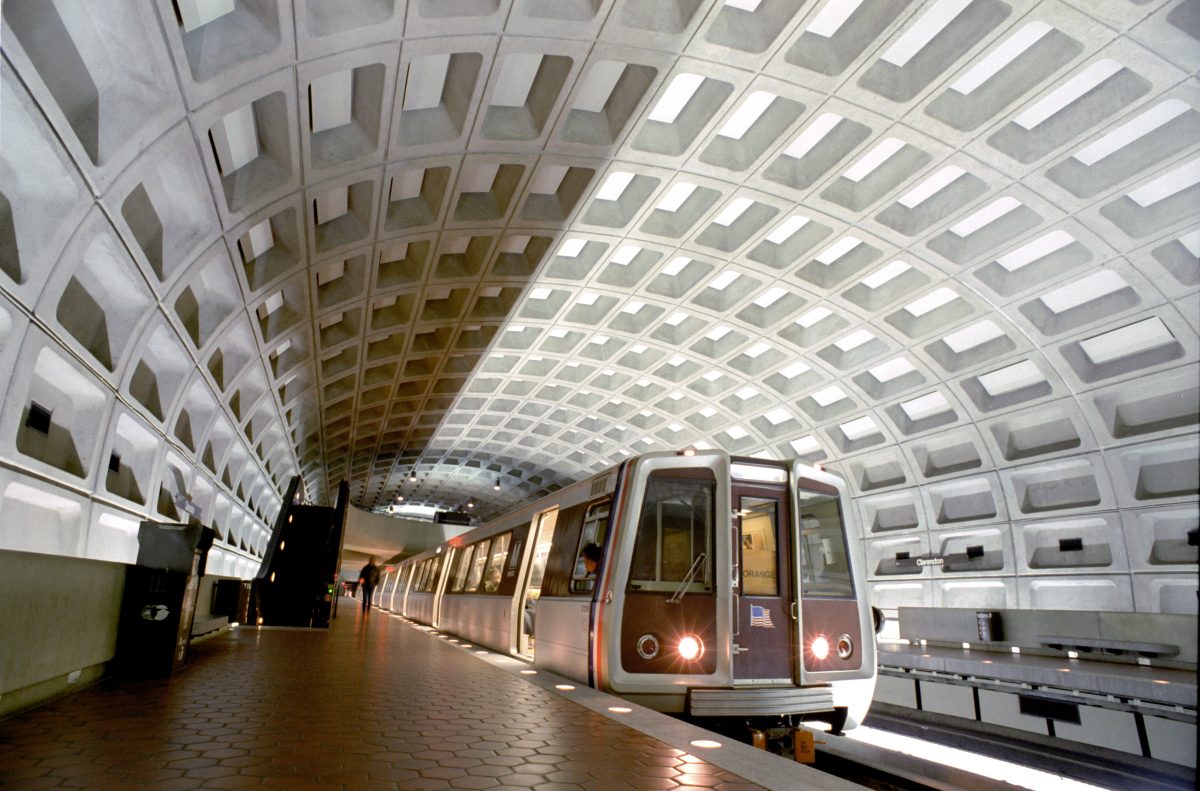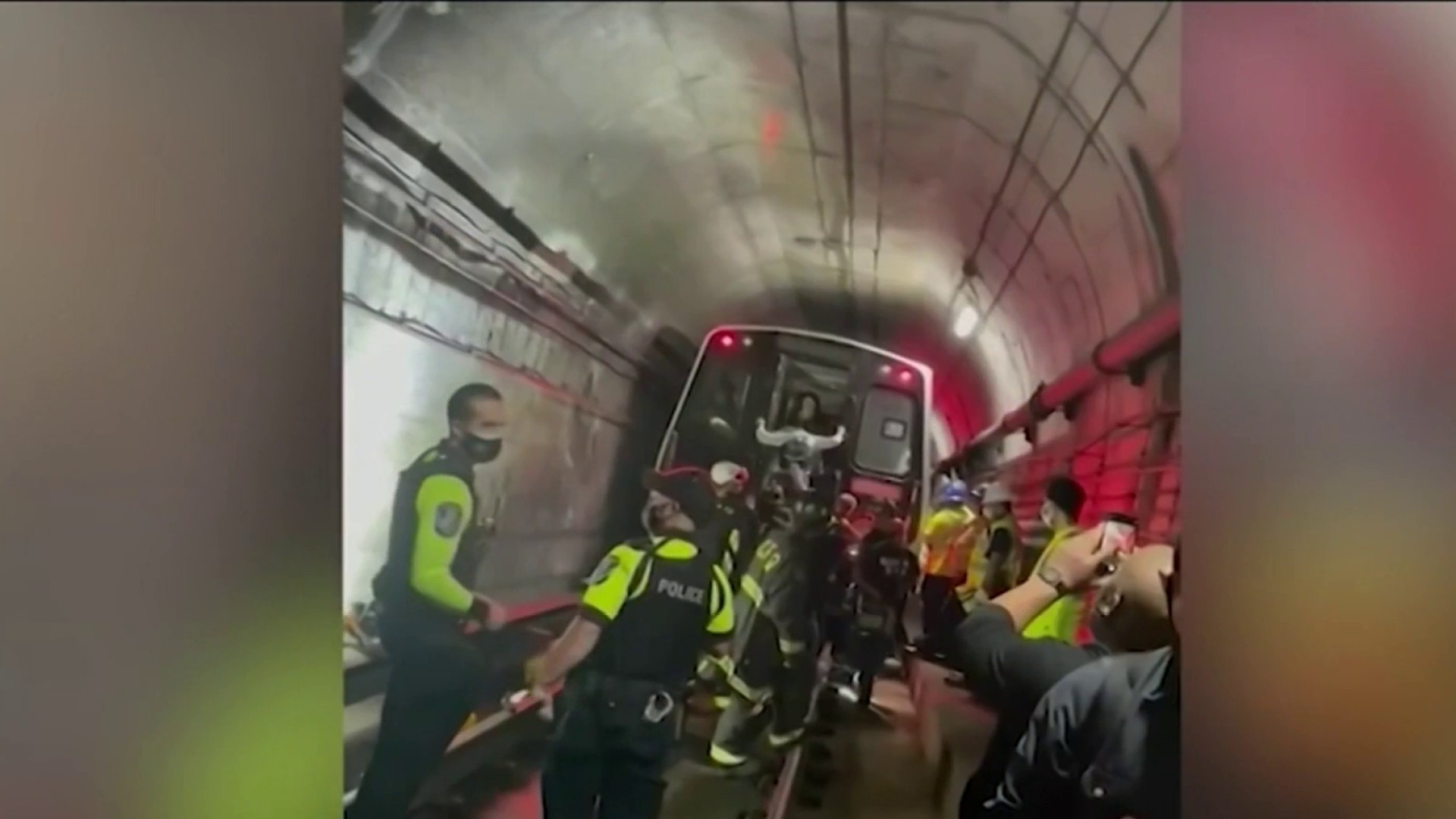Metro officials have been aware since 2017 of equipment problems that appear to have caused the train derailment last week in Northern Virginia, a preliminary investigation by federal safety investigators showed.
Metro train 407, which derailed on the Blue Line on Oct. 12, had two other minor derailments the same day and was able to get back onto the tracks, Jennifer Homendy, chair of the National Transportation Safety Board (NTSB) said at a news conference Monday morning.
The train derailed and re-railed itself once near the Arlington Cemetery station at about 3:20 p.m. and again near the Largo Town Center station at about 4:15 p.m.
After the third and final derailment, the train with 187 people on board got stuck in a dark tunnel near the Arlington Cemetery station. Riders had to walk the equivalent of about six football fields to get to safety.
We're making it easier for you to find stories that matter with our new newsletter — The 4Front. Sign up here and get news that is important for you to your inbox.
The Washington Metropolitan Area Transit Authority (WMATA) has known of problems with the wheel assemblies of 7000-series railcars for years, Homendy said.
“We were made aware that WMATA was aware of this situation with the wheel assemblies going back to 2017,” she said.
The train wheels appear to have moved outward from the railcars, causing the cars to come off the tracks.
Problems with the wheels have been found 52 times in total since 2017, including 18 times this year before the derailment.
Metro did not immediately comment.
Metro removed 60% of railcars from service on Monday, causing major delays across the region.
The 7000-series railcars, manufactured by Kawasaki Rail Car, Inc., are the newest in Metro's fleet. They went into service in 2015. The last set of the nearly 750 cars purchased was delivered in early 2020. They cost about $2 million each.
One person was taken to a hospital after the derailment last week. Many more people could have been hurt or even killed, Homendy said.
“The potential for fatalities and serious injuries was significant. This could have resulted in a catastrophic event,” she said.
Panicked riders called their loved ones from smoke-filled trains to say I love you, News4 reported.
Photos: Metro Train Derails, Passengers Wait to Be Rescued
The NTSB will delve into whether Metro handled prior equipment problems appropriately.
The derailment occurred as Metro works to attract riders who stopped using the system during the pandemic. Overall rider numbers remain at a fraction of pre-pandemic levels, but are expected to increase steadily as offices reopen and tourists return to Washington.
Metro recently extended late-night hours and began offering a $2 flat fare for the first time.
Under General Manager Paul Wiedefeld, Metro has previously taken dramatic action to inspect trains because of safety problems. Metro took the unprecedented step of shutting down the entire Metrorail system for more than a day in March 2016 so that crews could check underground cables. The shutdown occurred more than a year after a woman died and dozens of people were hurt after a Metro train filled with smoke at the L’Enfant Plaza station.
In remains to be seen whether the axle issue spreads to other regional commuter systems. Kawasaki supplies trains to the MTA in New York City, among other systems, and Homendy said the NTSB “may at some point” issue a recommendation for inspections of all similar train cars around the country.
“If you are a transit agency operating in the United States and you’re listening, make sure you are checking your cars as well,” she said.
The Associated Press contributed reporting.
Stay with NBC Washington for more details on this developing story.



